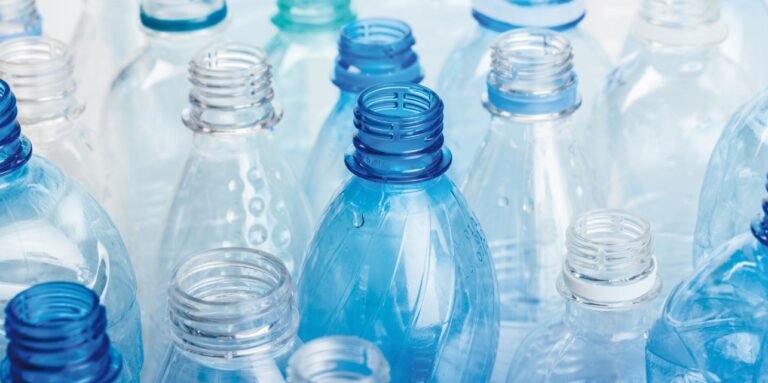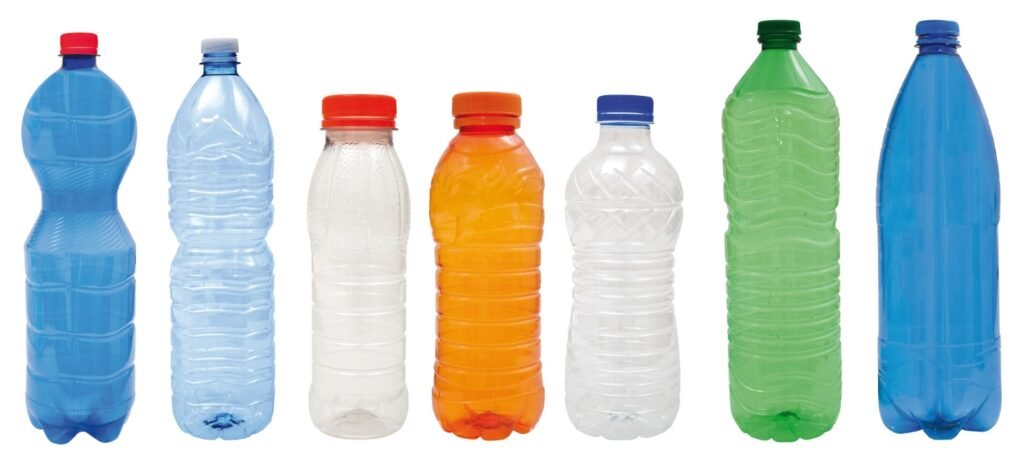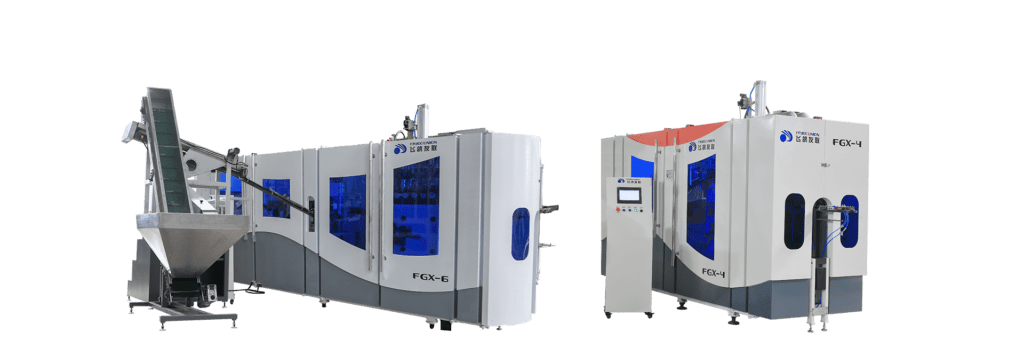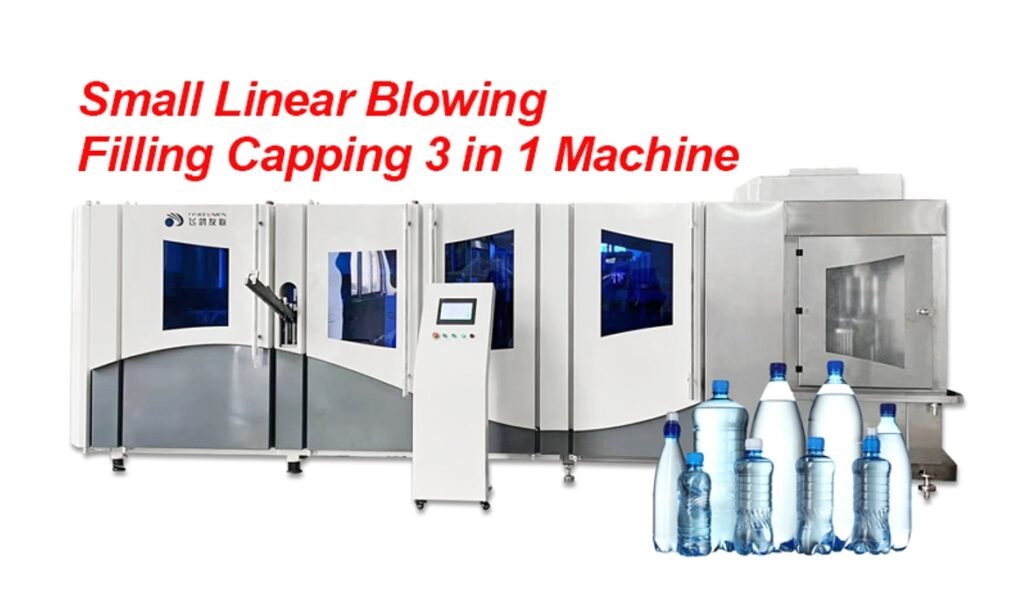Overview of PET Bottle Blowing Machine: Everything You Need to Know
Growing Demand for Small-Bottle Mineral Water in the Beverage Industry
The demand for PET bottles has skyrocketed in recent years, driven by industries such as beverages, packaged water, personal care, and pharmaceuticals. PET bottles are favored for their strength, recyclability, and versatility, making them a popular choice for packaging liquids and consumer products. For businesses involved in plastic manufacturing and packaging, understanding the intricacies of PET bottle production is essential to stay competitive.
PET bottle production involves a series of carefully coordinated processes, from the creation of PET preforms to the final shaping of the bottle using blowing machines. These systems play a critical role in ensuring the quality, efficiency, and cost-effectiveness of production lines. In this article, we will explore the essential components of PET bottle production systems, including the various types of machines, molding techniques, and best practices for optimizing production.
What Are PET Bottles?
PET, or Polyethylene Terephthalate, is a type of plastic that is commonly used in the manufacturing of bottles, containers, and packaging materials. Its widespread use is due to its excellent combination of strength, flexibility, and lightweight properties, along with its ability to be easily recycled. PET is the material of choice for many consumer products, such as water bottles, soft drinks, and household cleaners, due to its ability to preserve contents safely while maintaining a lightweight and durable structure.
The transparent, strong, and lightweight nature of PET makes it an ideal material for producing bottles that need to withstand pressure, temperature fluctuations, and transport challenges. Moreover, PET bottles are highly recyclable, which is increasingly important in today’s environmentally-conscious market.
Key Components of PET Bottle Production
PET Preforms
The first critical step in the PET bottle production process is the creation of PET preforms. These are small, pre-molded tubes of PET plastic that resemble miniature bottles. Preforms are made by injecting PET resin into specialized molds where the material is heated and shaped. Once cooled, these preforms are ready to be expanded and blown into the final bottle shape.
The production of PET preforms is essential because it ensures that the final bottle has consistent strength, shape, and size. Preforms can vary in length and weight, depending on the requirements for the final bottle design.
Bottle Blowing Machines
Once the PET preforms are produced, they are fed into a bottle blowing machine. There are two main types of blowing processes used to shape PET bottles: Stretch Blow Molding and Extrusion Blow Molding.
PET Molds
The molds used in the PET bottle production process are crucial to shaping the bottles. PET molds are made from high-quality metal, designed to withstand the high temperatures and pressures involved in the molding process. The quality of the mold directly affects the appearance and functionality of the final bottle.
The PET Bottle Manufacturing Process
Heating the preforms to a specific temperature and inserted into a blow mold. In stretch blow molding, the preform is stretched in both directions – vertically and horizontally – to create the bottle shape. Once the preform is properly stretched, air is blown into it to form the bottle. After the bottle is formed, it undergoes a cooling process to solidify the material and stabilize its shape. Following cooling, the bottles are inspected for defects, including cracks, irregular sizes, or other imperfections that could affect the performance or safety of the final product. Quality control ensures that only bottles that meet the required standards are sent out for distribution.
Types of PET Blowing Machines
Automatic PET Blowing Machines
Automatic PET blowing machines are highly efficient and designed for high-speed, large-volume production. These machines can handle the entire process from preform insertion to final bottle ejection with minimal human intervention. The precision offered by these machines ensures consistency in bottle weight, size, and appearance, making them ideal for large-scale operations in industries like beverages, water packaging, and consumer goods.
Manual and Semi-Automatic Machines
For smaller-scale production or businesses with lower production volumes, manual and semi-automatic blowing machines offer an affordable and flexible option. While they require more manual input, they still provide high-quality results and are suitable for producing custom bottles or limited runs. These machines are commonly used in niche markets or for startups with limited production needs.
Factors to Consider When Choosing a PET Bottle Blowing Machine
Production Capacity
One of the most important considerations when choosing a PET bottle blowing machine is the required production capacity. For high-volume production, automatic systems are the best option, while smaller operations may benefit from manual or semi-automatic machines.
Quality Control
Consistency in bottle dimensions, weight, and appearance is critical. The chosen machine should be capable of producing bottles with uniform quality to meet industry standards and avoid wastage.
Energy Efficiency
Energy-efficient PET blowing machines can significantly reduce operational costs in the long run. When evaluating machines, it’s essential to consider energy consumption, as this can have a major impact on production costs over time.
Maintenance and Upkeep
Regular maintenance is vital to ensure the longevity and efficiency of PET blowing machines. Consider the availability of spare parts, service support, and ease of maintenance when choosing a machine.
Conclusion
Technological advancements in PET bottle manufacturing are continually improving efficiency and quality. For instance, modern machines now incorporate more precise automation systems, leading to better control over production parameters such as pressure, temperature, and stretch ratios. These innovations contribute to increased bottle durability and reduced material waste.
Innovations in PET Bottle Manufacturing
Choosing the right PET bottle making machine is crucial for ensuring a smooth and cost-effective production process. Whether opting for a high-speed automatic PET blowing machine or a semi-automatic solution, businesses must consider factors like production capacity, energy efficiency, and quality control. By investing in the right equipment and staying abreast of technological advancements, companies can optimize their PET bottle manufacturing systems and meet the growing demand for sustainable and high-quality packaging solutions.








